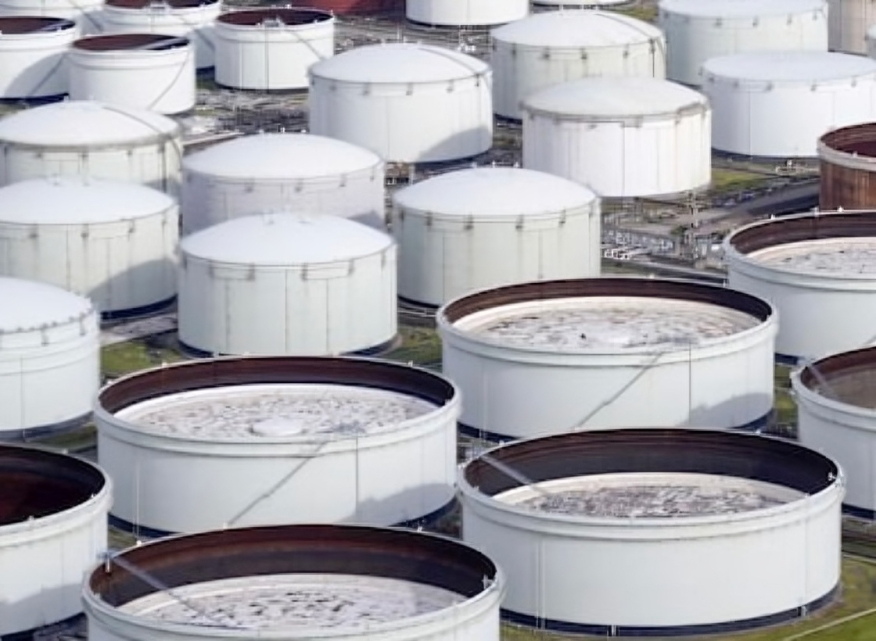KEY POINTS
- U.S. crude stockpiles increased by 4.6 million barrels last week.
- Gasoline and distillate stocks dropped due to lower refinery output.
- Cold weather is affecting crude production and boosting heating oil demand.
U.S. crude oil inventories rose by 4.6 million barrels last week, bringing total stocks to 432.5 million barrels, according to the Energy Information Administration (EIA). The volume exceeded market predictions as analysts had anticipated a 3.1 million-barrel buildup in inventories.
Refinery maintenance activities throughout the season have reduced processing capacity and caused an increase in crude supply levels. The Cushing, Oklahoma crude stock reserves expanded by 1.5 million barrels and now amount to 23.3 million barrels.
The report caused West Texas Intermediate (WTI) crude to increase by $1 per barrel to $73.25 per barrel and Brent crude to reach $76.79 with a $0.75 value gain.
Fuel inventories decline amid lower refinery activity
Current refinery operations run at incomplete capacity levels thus reducing gasoline and distillate fuel inventories.
The gasoline supply lost 151,000 barrels to reach 247.9 million barrels while distillate supplies including diesel and heating oil dropped to 116.6 million barrels.
Fuel production remains lower than anticipated, as experts attribute this to the reduced rates of refinery activity. John Kilduff, a partner at Again Capital in New York, stated that reduced refinery operations serve as a major element behind this trend.
“The low refinery run rate is still contributing to this backup in crude oil supplies, but it’s also impacting gasoline production,” Kilduff said. “Refineries are just not cranking out as much fuel as anticipated.”
According to Reuters, the average refinery utilization rate dropped slightly to 84.9 percent, continuing a trend of reduced activity due to seasonal maintenance.
Cold weather impacts energy production and demand
The recent cold wave in parts of the U.S. has significantly influenced energy markets. Natural gas prices achieved their highest point in 25 months when both heating needs soared during cold weather and oil and gas output experienced disruptions.
Domestic crude oil production registered a minor decrease to 13.5 million barrels per day because of freeze-offs damaging production capacity. Meanwhile, the demand for distillate products rose as both homes and businesses needed heating oil to withstand the cold weather.
Phil Flynn, a senior analyst with Price Futures Group, warned that further production slowdowns could occur if freezing conditions persist. “We are already seeing weather-related disruptions, and there’s potential for more impact on supply,” he said.
According to the EIA report, U.S. crude exports rose to 472,000 barrels per day as 961,000 barrels per day of net crude imports decreased.
Fuels market prices and inventory levels are projected to evolve because of current weather patterns and refinery upkeep procedures.



